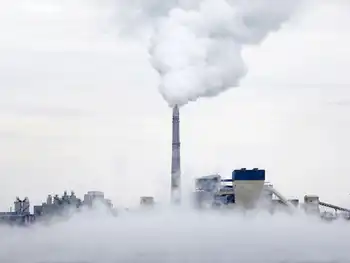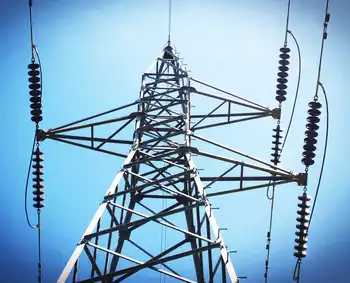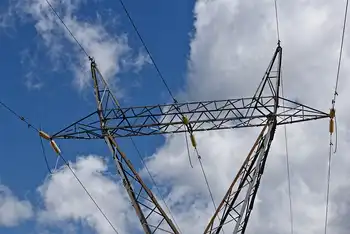Wind farms could drive bird species to extinction: conservationists
By Agence France-Presse
Substation Relay Protection Training
Our customized live online or in‑person group training can be delivered to your staff at your location.

- Live Online
- 12 hours Instructor-led
- Group Training Available
"Companies want to put their farms where the best wind is, and that overlaps with the migration corridor of the whooping crane," Tom Stehn, the whooping crane coordinator of the US Fish and Wildlife Service, told AFP.
"There are areas where we know large numbers of whooping crane stop (during migration) and we would like wind companies to avoid those areas, with a good buffer zone," Stehn said on the eve of what is expected to be the biggest ever business to government conference in the United States on renewable energy.
The three-day Washington International Renewable Energy Conference (WIREC) is already under way.
The majestic whooping crane, which stands around five feet (1.5 meters) tall, was pushed to the edge of extinction last century.
Since 1941, when only 15 of the birds existed in the wild in North America, conservation groups have painstakingly built the whooping crane population back up to around 360 in the wild and 150 in captivity.
Whooping cranes migrate annually between wetlands on the coast of Texas and the Northwest Territories in Canada, flying a route that corresponds to the corridor wind companies are eying for their huge turbines as their industry expands.
Just recently, wind energy got a boost when the US House of Representatives voted to extend tax incentives for developers the renewable power source.
Non-profit organization Audubon, a nature conservancy group with a particular focus on birds, spoke out strongly in favor of the clean energy source but stressed that it should not be allowed to develop unchecked.
"We're very much in favor of wind power because we're so concerned about the other sources of energy that are contributing to global warming," said Greg Butcher, Audubon's director of bird conservation.
"The trick is to get the siting and the design of the turbines right so that big birds like the whooping crane can avoid collisions," he said.
But of greater concern than collisions with turbines was the reduction of natural habitat of the whooping crane and other birds found only in North America, said Butcher and Stehn.
Loss of natural habitat nearly drove the whooping crane to extinction in 1941, said Stehn.
"The taking away of the habitat is my biggest concern," he said.
"Whooping cranes need places to stop during migration. We would ask companies to assess the wetlands resources on their project site and surrounding it and make a judgement on what impact that might have on the whooping crane."
Environmentalists are holding talks with the wind industry to try to find a solution that would be good for birds while boosting the amount of power Americans get from wind, a "clean" energy source that is key in the fight against global warming.
"Audubon is really anxious to get this right, and we are talking with the industry about it," said Butcher, while Stehn said "substantial progress" has been made in talks held so far.
Wind farm development would not only affect the whooping crane but other bird species, both warned.
Stehn cited waterfowl while Butcher expressed fears for the prairie chicken, a member of the grouse family, which "does not nest near tall towers of any kind."
"When turbines are built on native grasslands, we're likely to lose breeding populations of these prairie grouse, which we have already lost from many of the eastern United States and which are declining in most of the states where they exist now," he said.
One subspecies of the prairie chicken, the heath hen, is extinct; another, called Attwater's prairie chicken, is endangered.
Birds are also in danger of colliding with powerlines, which up to now has been the biggest source of mortality to whooping cranes, according to Stehn, airing concern about how wind development will necessarily result in "more and more powerlines."
Wind energy provided electricity to one percent of U.S. homes last year and is projected to grow by 25 percent annually, according to the American Wind Energy Association (AWEA).
Most of the industry's expansion is planned for the breezy corridor that stretches northward from Texas to Canada, a chart on the website shows.











